The native habitats and communities of the Florida Keys are being severely impacted directly and indirectly by human activity.
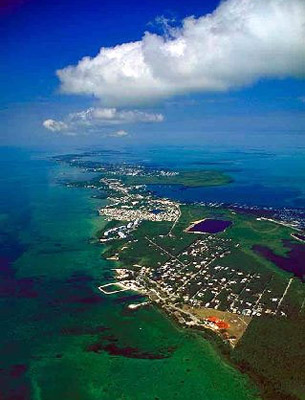
The Keys and south Florida are the only locations in the U.S. to support tropical flora with over 120 species of trees in the hardwood hammock alone!
Along with this rich diversity of native plant life, the Keys are also home to many species of terrestrial and marine wildlife.
The habitats of the Keys include mangroves, coral reefs, seagrasses, pinelands, and hardwood hammocks, making this area quite diverse in flora and fauna. However, due to the small land area of the Keys, these sensitive habitats are easily impacted.
Water Pollution
Water quality is deteriorating in nearshore and confined waters of the Florida Keys.
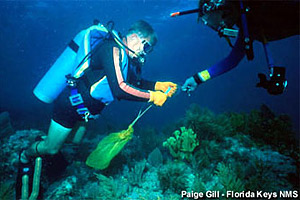
Nutrient-rich wastewater is released from cesspits, septic tanks and sewage treatment plants. Other sources of water pollution are stormwater runoff containing fertilizers, pesticides, herbicides, petroleum products, and heavy metals all of which may be affecting marine communities including coral reefs, seagrasses, and mangroves.
Urban Development
Ever-increasing human population growth as well as heavy tourism in the Florida Keys has resulted in the development of large tracts of land, destroying natural habitats and deteriorating the surrounding natural environments.
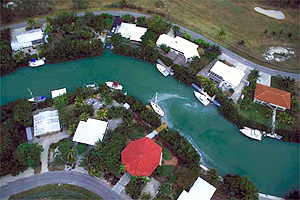
Introduced Species
The Florida Keys is home to a variety of introduced species.
Introduced species are those organisms that are native to somewhere else that have been introduced through human activities. Many of these species have detrimental effects on native flora and fauna due to lack of population controls such as predators and disease. As population numbers grow out of control, introduced species are often referred to as invasive species.
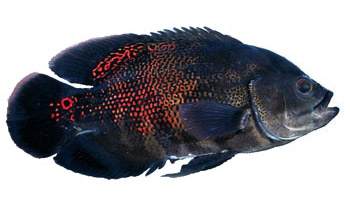
Overfishing
Along with human population growth, the harvest of resources from the sea is ever-increasing.
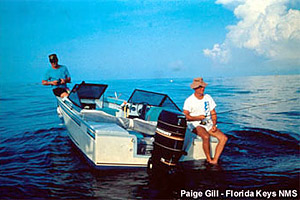
This holds true for south Florida where commercial fishing is the fourth largest industry and recreational fishing is the primary tourist-related activity. Areas in the Upper Keys that are heavily fished contain smaller fish and fewer species than outlying areas where fishing activity is much less.
Overfishing has changed the ecological dynamics of marine communities, allowing some organisms to dominate reefs that once were kept in check by large reef fish populations. Recently, the largest No-Fishing Zone in U.S. waters was established in the Dry Tortugas, 70 miles west of Key West. This protected area will help restore depleted fish stocks in the keys and beyond as well as protect the coral reefs.
Boating
In south Florida, over 30,000 acres (121 square km) of seagrass have been scarred by boat propellers.
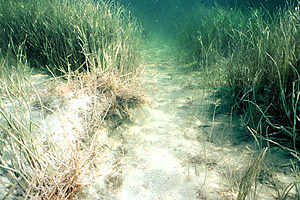
Scarring is caused primarily by large numbers of small boats, although larger boats cause a much greater impact when they run aground. Damage occurs when boats enter shallow waters, causing the propeller to come into contact with seagrasses
Boats also cause damage by running aground on coral reefs, crushing and killing corals on impact. Most noted are the groundings of large ships, however small recreational boat groundings can be just as destructive with over 500 groundings reported in a single year in the Keys. Anchor damage also adds to the destruction.
Global Climate Change
Global climate change may cause increases in sea temperature and sea level as well as ocean current patterns, all of which can cause damage to the Florida Keys and associated reefs.
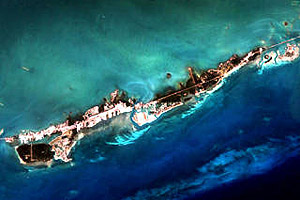
The elevation of the Keys ranges from sea level to three feet above sea level, not leaving much room for rising waters.
Over the next 100 years, it is expected that sea level will rise 8-16″ with average temperature rising 4-10 degrees Fahrenheit.